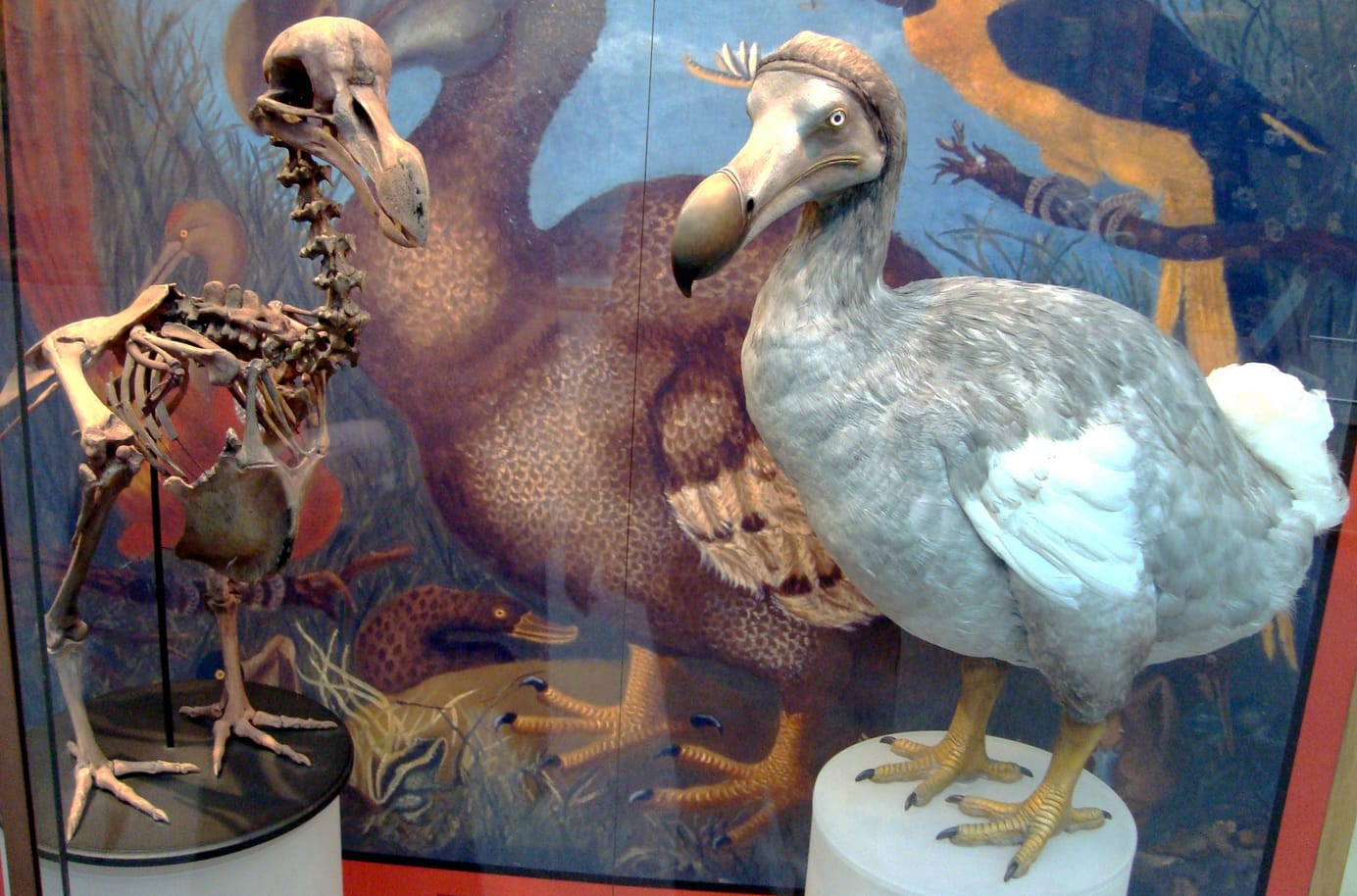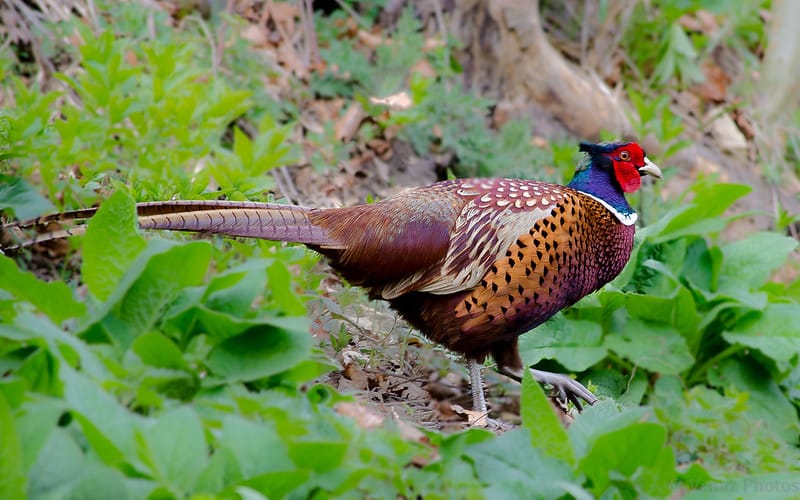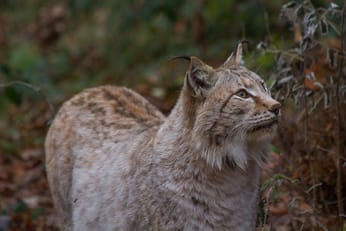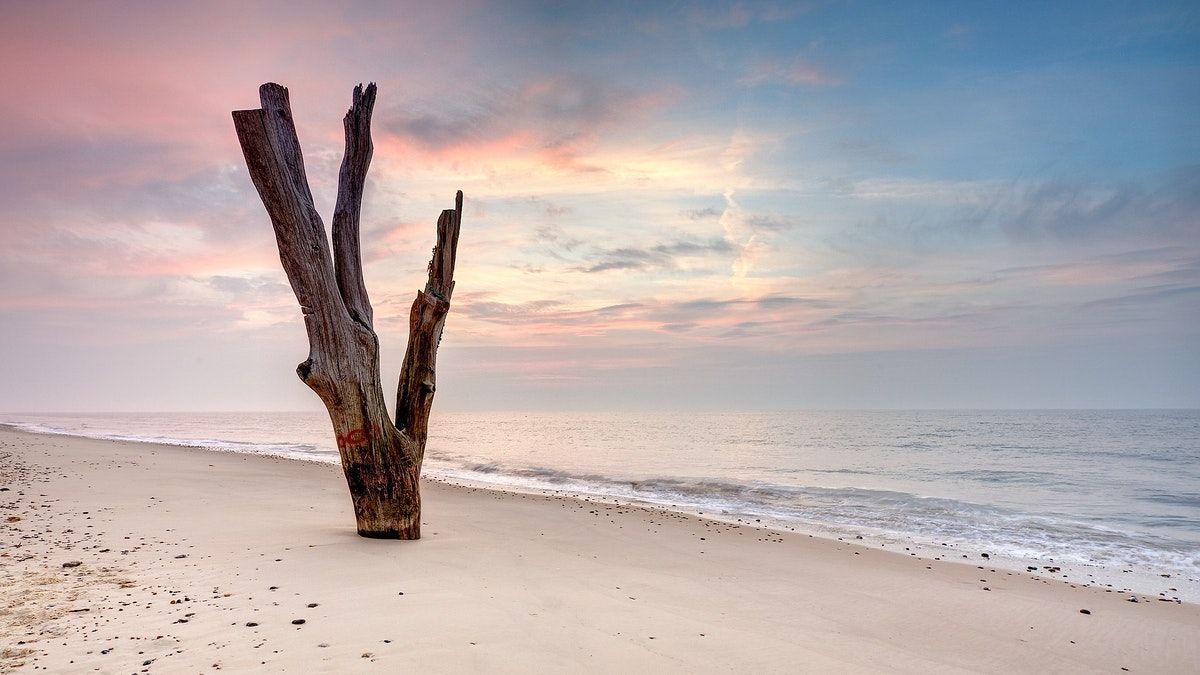
Ancient Woodland & Graveyard Nature
The latest news on nature and conservation in the UK.
National news
Green recovery | Let’s start with what’s not in the news. Despite high hopes that nature would play a crucial role in the recovery from coronavirus, there was no mention of the natural world in Chancellor Rishi Sunak’s economic statement. The plan received a mixed reaction, reports the Guardian, with his measures on energy efficiency welcomed by the Committee on Climate Change. But Craig Bennett, head of the Wildlife Trusts, said the plan fell “embarrassingly short” of what was needed to tackle nature loss. “While other countries are setting out bold green stimulus packages, the Government is investing just 0.15% in nature projects compared to the £27bn investment in destructive new road building schemes,” he said.
Build | Last week, Boris Johnson’s plan to get Britain building went down badly with conservationists (particularly his comment about newts); several green groups wrote to the Observer expressing their concern about potential deregulation. This week, the National Trust has proposed that the government invests £5.5bn in “greening the country’s most left behind and greyest urban communities” in the next five years. Their plan would bring £200 billion in physical health benefits over the next 30 years, according to the National Trust. The Mail on Sunday has covered the story.
Ancient woodland | Campaigners are petitioning the Scottish government for better legal protection of Scotland’s ancient and native woodland, a move that has been backed by the deputy leader of Scottish Labour. The petition calls on the government to act before next year’s UN climate conference in Glasgow, reports the Herald. Separately, on the 20th anniversary of the National Parks (Scotland) Act, campaigners are calling on the government to create more national parks to tackle the climate emergency, reports the Courier.
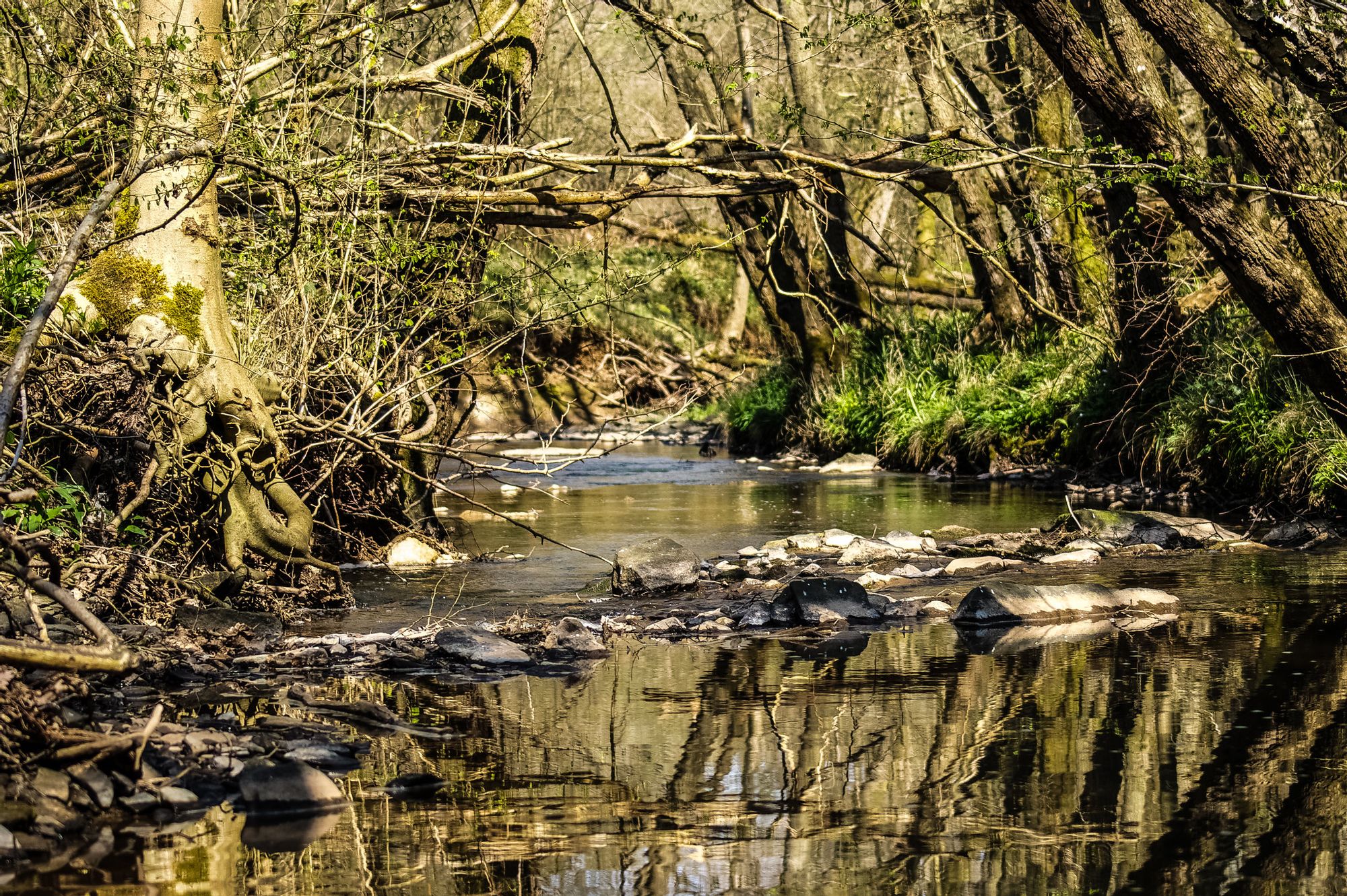
In other news:
- The new head of National Trust Scotland has pledged to win back support after facing controversy over staff cuts. The Scotsman
- Seabirds are at risk from the fishing industry, says the RSPB. The Telegraph
Across the country
Suffolk | The government has extended the Area of Outstanding Natural Beauty around the Suffolk Coast and Heaths. The additional 38 square kilometres encompasses river valleys, ancient woodland, reed beds, estuaries and beaches, and will increase the area of the existing AONB by almost 10%, reports the BBC. The area will benefit from funding that is made available to designated landscapes, according to the government. Tony Juniper, chair of Natural England, was interviewed about the move on ITV.
Loch Ness | Rewilding plans are afoot for a 500-hectare estate in Scotland on the banks of Loch Ness, reports the Independent. The Bunloit Estate was bought by Jeremy Leggett, a solar energy entrepreneur, who has partnered with Rewilding Europe and plans to restore peatlands, convert commercial plantations to mixed woodland, and increase biodiversity – though he says it’s too early to push for lynx and wolves. On a smaller scale, campaigners in Shropshire are raising £25,000 to purchase a three-acre wetland and restore it for wildlife, reports the Shropshire Star.
London | A proposal for 14 densely packed tower blocks is being opposed by residents of Tower Hamlets in London. The campaigners say that the buildings would permanently damage the wildlife and ecosystems in the nearby cemetery, which is a designated Local Nature Reserve. They argue that Tower Hamlets already has less than half of the average amount of open space enjoyed by other London boroughs. In other graveyard news, tree-lovers have been left “devastated” in Coventry, after a 170-year-old protected yew was cut down in a cemetery, reports the Coventry Telegraph.
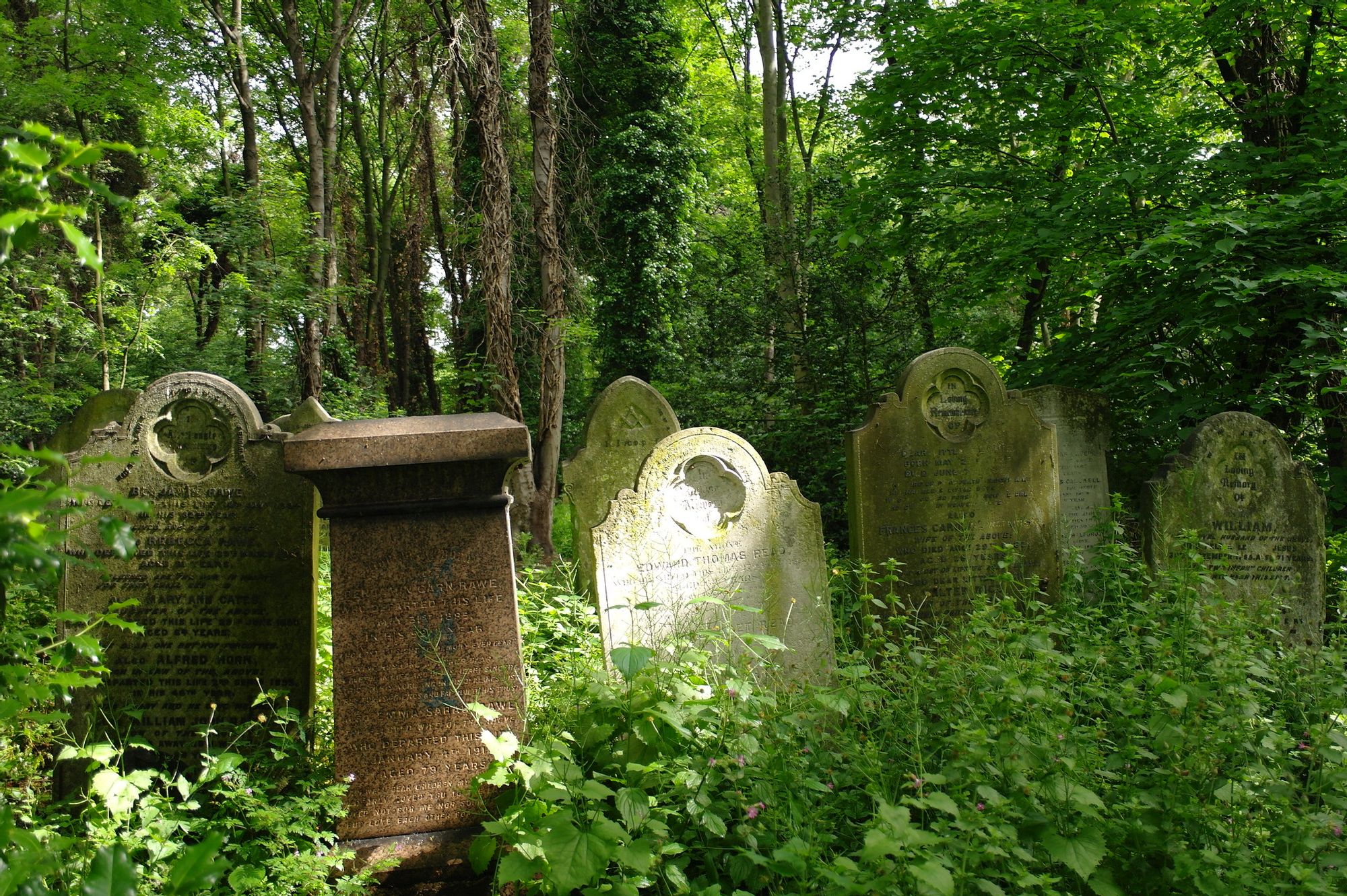
Elsewhere:
- In Bath, there are proposals to turn a golf course into a nature park. Somerset Live
- The white cliffs of Dover have witnessed an increase in wildlife after the National Trust restored the grassland. Guardian
- Some 40 areas across East Suffolk will be left to grow wild, with wildflowers planted and cutting left until the end of the season. Eastern Daily Press
- Foulshaw Moss Nature Reserve in Cumbria has published photographs of its new baby ospreys. Cumbria Wildlife Trust
- The Environment Agency has released more than 10,000 fish into the Great Ouse in its annual restocking. EA
- Scientists are collecting capercaillie feathers in the Cairngorms as part of a wider conservation project. BBC
Reports
Insects | The Wildlife Trusts has released a report called “Reversing the Decline of Insects”, written by bug maestro Dave Goulson of the University of Sussex. To halt the crash in the UK’s insect life, the report calls for at least 30% of land and sea to be properly connected and protected, and for reduction in the use of chemical pesticides of at least 50% by 2030. The report was widely covered in the media, including by the Guardian, the Independent and the Courier.
Countryside | The Campaign to Protect Rural England has released a report looking at the role that the countryside can play in tackling the climate emergency. It includes policy recommendations spanning landscapes, farming, planning, transport and energy. The Telegraph has covered the report; it goes with the hedgerow angle. Separately, Green Alliance has released its blueprint for a resilient economy, which includes a whole section on restoring nature.
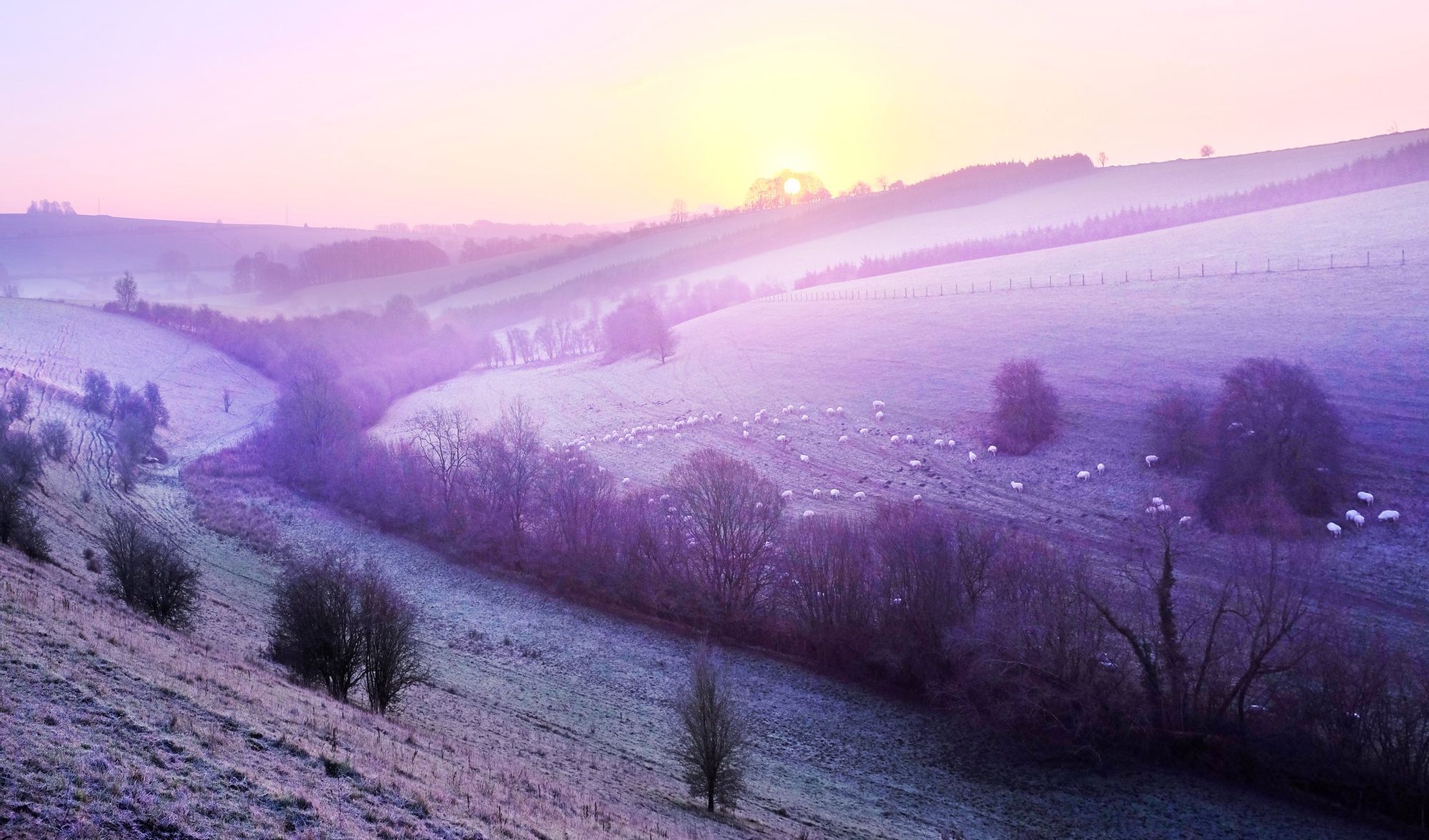
Recovery | The Environment Agency has set out its latest Five Year Plan, which it says will “chart a course towards a healthier, greener and more prosperous country in 2025” – you can judge for yourself here. Its three overarching goals are to improve more than 4,000 kilometres of river, create nearly 1,200 hectares of habitat and be on track to achieve carbon neutrality by 2030.
Science
Nature connection | Adults who feel more connected to nature are more likely to act in a way that conserves nature, according to a new study led by Miles Richardson at the University of Derby (his work is fascinating; he’s written a bit about it for Inkcap). Feeling connected is more important than simply spending time in nature – and so a meaningful way to help wildlife recover would be to encourage simple activities that engage our emotions and senses. The study is published in the journal People and Nature.
Driftwood
Maps | It’s been a good week for interesting maps. Both Natural England and the Centre for Ecology and Hydrology have published a set of maps showing the state of the UK’s natural habitats and natural capital. The CEH maps show land use and how it has changed across the UK. You have to email them to get a copy (though you can download the data), but according to a press release, they show “a major loss of grassland and significant increases in urbanisation and woodland in Great Britain since 1990”. Natural England’s Natural Capital Atlases map out key properties of the environment to show the quality, extent and location of natural habitats. They cover 44 areas of the UK.
The middle way | There are lots of competing ideologies in conservation, with people passionately advocating for certain ways of preserving and restoring nature. An interesting blog from the Suffolk Wildlife Trust explores the practicalities. “These differing schools of thought can be seen in the differences between Tony Juniper’s book, What Nature Does For Britain and George Monbiot’s Feral,” it says. “How do these philosophies translate to a local Wildlife Trust trying to do its best to protect and enhance nature at a county level? Well, as with many things in life, a ‘middle-way’ approach, taking on board bits of both approaches on a case-by-case basis seems to us as the best approach.”
Plant lore | The Herald has published a fascinating essay on Scottish plant lore by Dr Gregory Kenicer, a research botanist at Edinburgh’s botanic garden. It is filled with marvellous snippets of information about archaeological botany. For instance: “Plant pollen found in various Bronze-Age cups and beakers suggest a culture where honey, mead and beer were important aspects of either daily or ritual life, with many of the plant finds potential flavourings for the drinks. Interestingly, brewers and distillers have turned to many of these same species in making modern concoctions, supporting the huge growth in artisan beers and gins.”
Further reading:
- Natural England has a blog on its decision to license the control of starlings. NE
- Natural England also has a blog on its licencing scheme for great-crested newts, in light of Boris’s speech last week. NE
- The British Ornithologists’ Union has a disturbing article about discrimination, particularly sexism, in the conservation sector. BOU
- An interview with Mya-Rose Craig, aka Birdgirl, on diversity in nature. The Guardian
- RSPB Scotland has launched a £738k project to protect corncrakes. RSPB
- Alex Bond, curator in charge of birds at the Natural History Museum, is fielding questions on what it means to be queer in science. The Lab and Field
- Scottish Natural Heritage is taking action to save more than 40 of Scotland’s most vulnerable coastal and island species. SNH
- An angler writes about why we need beavers. The Beaver Trust
- The Woodland Trust has reported a surge in littering and fly tipping since lockdown began, and the cleanup is projected to cost around £134,000. WT
Happy days
Wellbeing | The Centre for Ecology and Hydrology is running a study of how different types of nature activities affect our wellbeing – and you can take part. “We’ll give you simple activities – spending 10 minutes or so each day, for five days over the course of a week – to experience nature up close and personal, and we’ll ask you to take part in short surveys about your experiences,” they say. Sounds fun to me!
Image credits: Andrew Stawarz, Phil Dolby, Martin Morris, Kumweni
Subscribe to our newsletter
Members receive our premium weekly digest of nature news from across Britain.
Comments
Sign in or become a Inkcap Journal member to join the conversation.
Just enter your email below to get a log in link.


